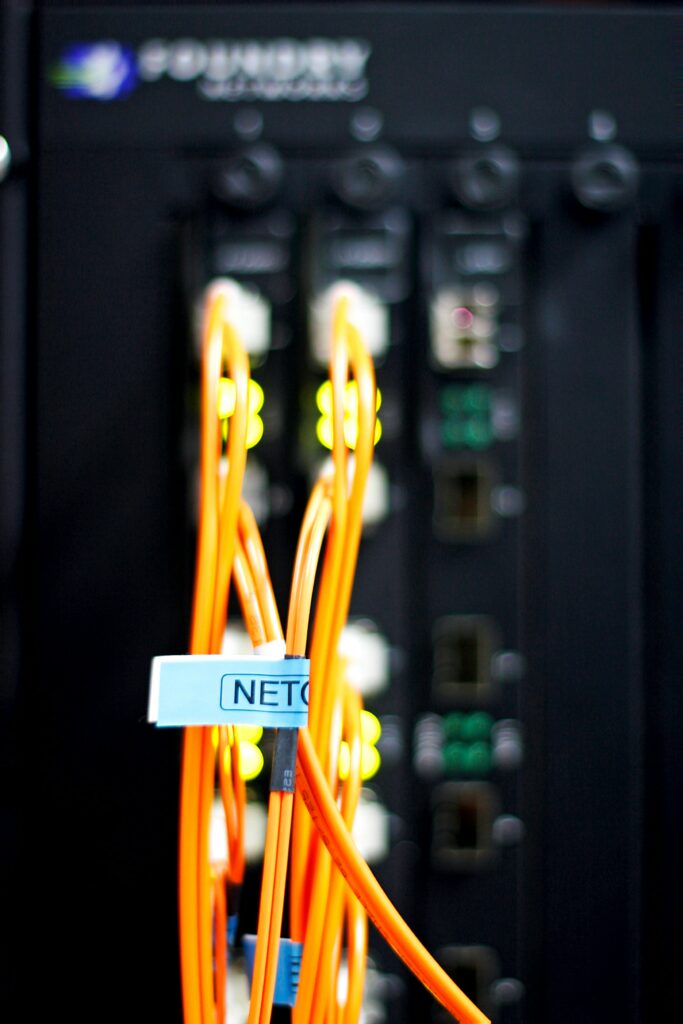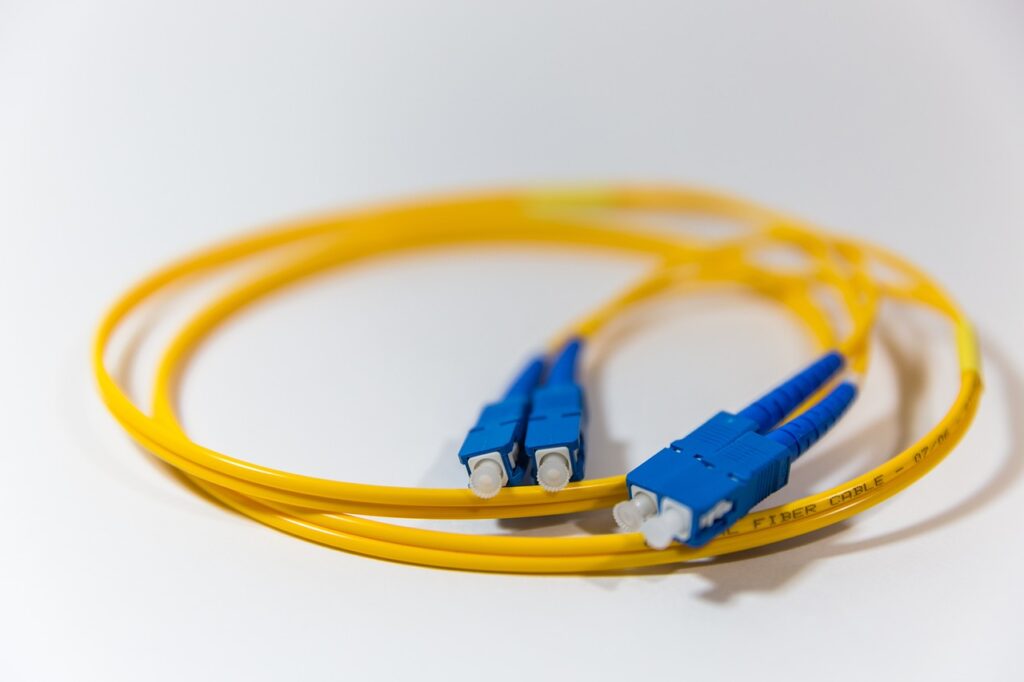On a global scale, this technology is still in its early stages but is poised for long-term longevity and continued development.
Thirty years ago, optical connectivity enabled global communications at speeds of 2.5 Gbps. Today, fiber-optic technology delivers speeds of up to 10 Gbps directly to homes.
For decades, discussions have centered around the longevity of copper connectivity in meeting our data needs.
Undoubtedly, both two-wire and coaxial cables have far exceeded their expected capabilities. However, their lifespan is nearing its end. To bridge this gap until the next technological breakthrough, a new, more sustainable technology is required.
Fiber optics have demonstrated their ability to deliver high-speed connectivity over long distances since their early years. Extending these long-distance capabilities to the last mile allows everyone to benefit from future-proof, high-speed internet.
Whether Fiber-to-the-Home (FttH) technology is based on Active Ethernet (Point-to-Point) or Passive Optical Networking (PON), the services provided in the coming decades will be truly impressive.
Fiber-to-the-Home (FttH) technology is advancing at its own pace globally. It began in Asia, is well-established in Europe, and is now rapidly expanding in North America.

2. The business model for FttH operators can vary significantly depending on their strategic goals. Even at the Tier-3 level, there exists a robust business case for deployment.
Every player within the Fiber-to-the-Home (FttH) value chain must continuously make strategic decisions to navigate their direction. This necessity is inherent to the current stage of this capital-intensive technology.
1. The value chain of Fiber-to-the-Home (FttH) is extensive, not only due to the number of players involved but also because of the time required for a full roll-out. Experienced guidance is invaluable for setting realistic expectations and ensuring a smooth deployment process.

